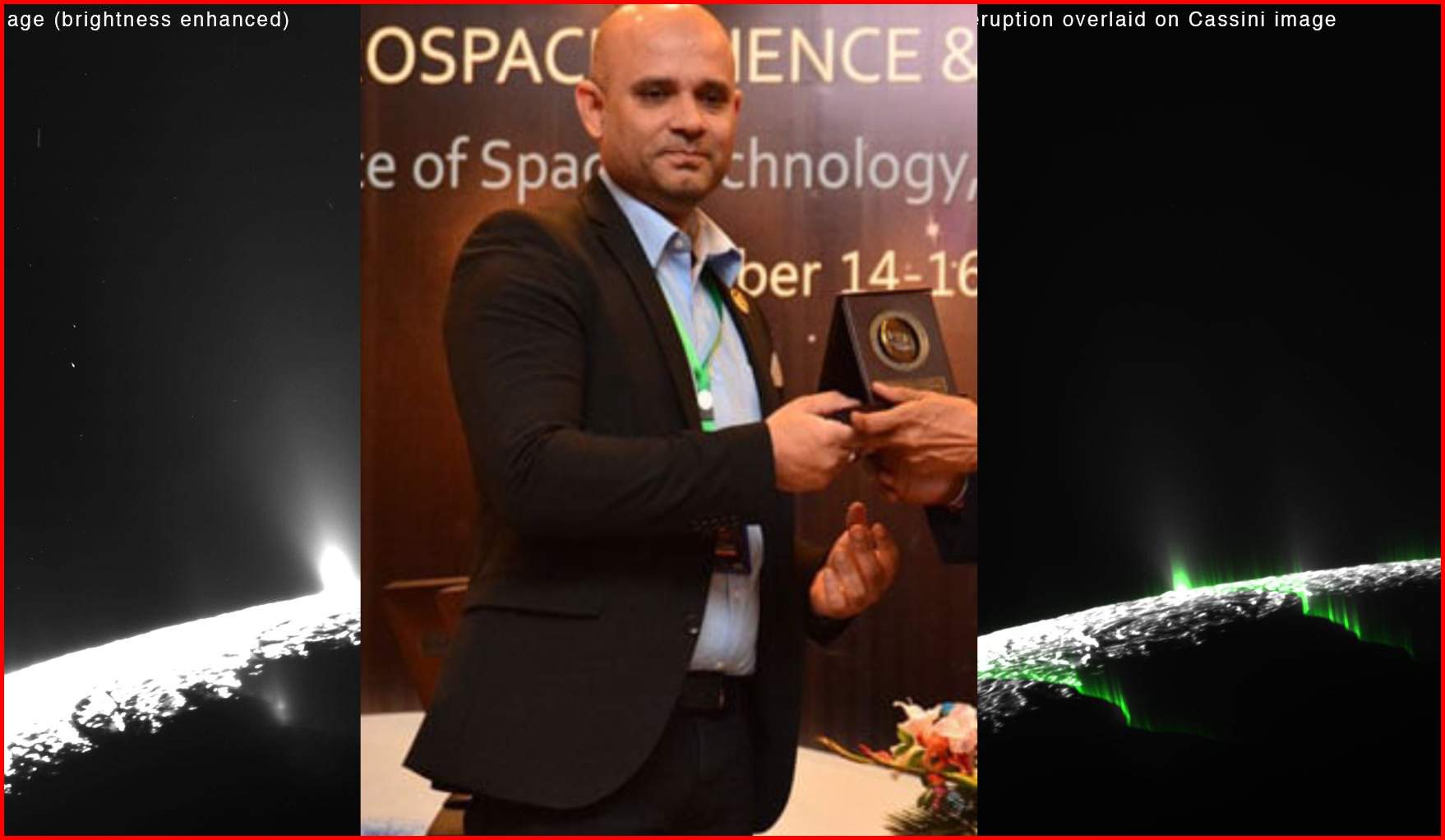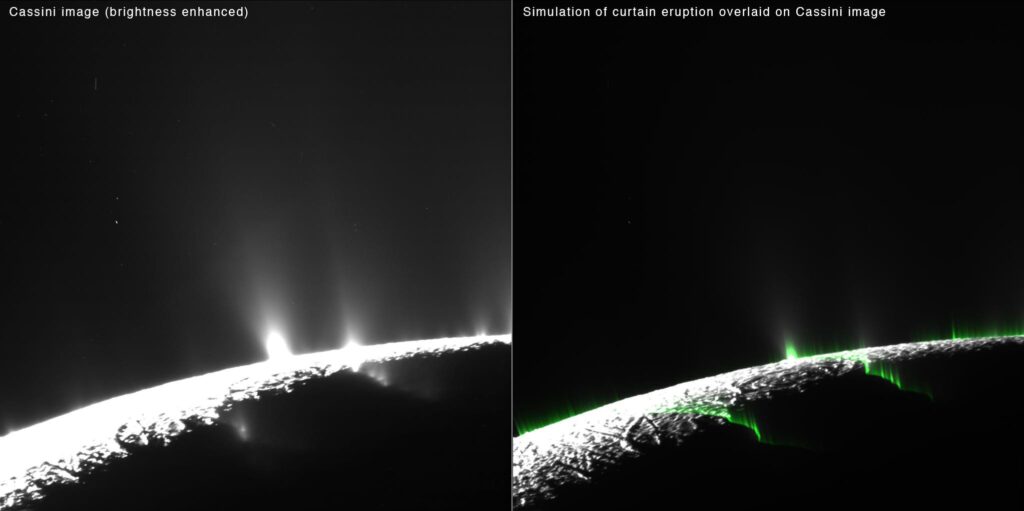

Pakistani scientists have made a full-size contribution to the look for extraterrestrial life by discovering phosphorus on Enceladus, one of Saturn’s icy moons. Dr. Nozeer Khawaja, a prominent researcher from the University of Freiburg, performed an important function in this worldwide group of scientists. Their findings screen that Enceladus carries a sizeable ocean of phosphates, a critical however rare detail essential for the formation of life.
Enceladus: A Promising Candidate for Life
Enceladus, with its icy surface and an intensive ocean, has emerged as a promising candidate for extraterrestrial life. The research crew, led by way of Professor Frank Postberg of the University of Freiburg, analyzed information from NASA’s Cassini spacecraft. Their geochemical experiments have proven that the moon’s seawater harbors considerable quantities of phosphates, making it even richer in this important compound than Earth’s oceans.
Phosphorus: The Building Block of Life
Phosphorus, an unprecedented element on Earth, performs an essential function within the formation of DNA and RNA, the building blocks of existence. With the invention of phosphorus on Enceladus, the range of critical factors for existence on the moon now matches those on Earth, which include carbon, hydrogen, nitrogen, oxygen, phosphorus, and sulfur. This leap forward underscores the potential habitability of Enceladus and highlights the need for similar exploration.
New Horizons in Space Exploration
The discovery of phosphorus on Saturn’s moon has propelled Enceladus into the vanguard of the look for extraterrestrial life. Dr. Nozeer Khawaja emphasizes the necessity of future space missions prepared with advanced eras to explore Enceladus comprehensively. These missions will offer priceless insights into the moon’s suitability and abundance of existence in its significant ocean.

Cassini: Unveiling the Secrets of Saturn’s Moons
NASA’s Cassini spacecraft reached Saturn in 2004. Over the route of its undertaking, Cassini captured 453,048 photos of Saturn and its moons, including Enceladus. The spacecraft’s Cosmic Dust Analyzer (CDA) revealed the presence of an extensive ocean below the icy surface of Enceladus, similarly stimulating clinical curiosity.
Dr. Nozeer Khawaja: A Pioneer in Astrobiology
Dr. Nozeer Khawaja, a distinguished scientist born in Wazirabad, Pakistan, has gained global recognition for his contributions to astrobiology. Having completed his doctorate in Earth Sciences from Heidelberg University in Germany, Dr. Khawaja has been instrumental in organizing the Department of Astrobiology at the University of Freiburg. He has additionally made full-size contributions to missions together with NASA’s Europa Space Clipper and Japan Space Agency’s (JAXA) Destiny Plus.
The Future of Enceladus Exploration
With its groundbreaking discovery of phosphorus on Enceladus, the medical network remains captivated by the moon’s capacity for hosting lifestyles. Driven by using the facts accrued by Cassini, scientists will preserve their research and exploration, beginning up new avenues of expertise and bringing us closer to answering the age-antique question of life past Earth.
Conclusion:
The discovery of phosphorus on Saturn’s moon, Enceladus, by way of Pakistani scientists, marks a monumental fulfillment in the quest for extraterrestrial existence. This step forward not handiest underscores the potential habitability of Enceladus but also highlights the need for in addition space missions ready with superior generations to explore this intriguing moon. As the medical community keeps to resolve the mysteries of our universe, Enceladus remains a promising candidate in our search for existence beyond Earth.





